Modern (2021) glass and silicone lid for 2-cup Pyrex food storage: 7 ppm Lead + 20 ppm Cadmium + 11 ppm Antimony.
XRF test results for the item pictured.
More information to be posted shortly.
Note: The levels of toxicants found in this product are considered safe by all standards. It’s up to you to do the research about these heavy metals to determine if you are comfortable with Federal standards (which are not always protective of human health and normally favor industry.) Personally I seek out cookware and food storage for my home that is 100% free of Lead, Cadmium and Antimony (and I have done a pretty good job of creating a fully stocked kitchen even with those restrictions!) I would not choose an item like this for my home.
There is no reason for any modern painted markings on food-use products to even contain a trace amount of Lead, and as a mother of acutely Lead-poisoned children I find this unacceptable. [I was quite surprised to find this positive for Lead, in fact – as most modern Pyrex pieces are lead-free – even in the painted markings.) I believe this is also the very first time that I have found trace Antimony in silicone, so this is especially concerning to me (as it is unusual to ever find Antimony in silicone.) To see more silicone items that I have tested that have been positive for trace levels of Cadmium, please click the “Silicone with trace Cadmium” tab (keywords) at the top of this post (right below the title of the post.)
Update: Since I posted this everyone has been asking me what food storage I use in my home. Here’s a link to my recommendations. None of these should have any painted logos or markings and all should be Lead-free (with minimal silicone.)
Reading #1) Pyrex glass lid – on plain glass (area with no markings)
30-second test
- Lead (Pb): non-detect
- Cadmium (Cd): non-detect
- Mercury (Hg): non-detect
- Bromine (Br): non-detect
- Arsenic (As): non-detect
- Chromium (Cr): non-detect
- Iron (Fe): 627 +/- 63 ppm
- Tin (Sn): 8 +/- 4 ppm
- No other metals detected in consumer goods mode.
Reading #2) Pyrex lid on logo marking (white area)
30-second test
- Lead (Pb): 6+/- 4 ppm
- Cadmium (Cd): non-detect
- Mercury (Hg): non-detect
- Bromine (Br): non-detect
- Arsenic (As): non-detect
- Chromium (Cr): non-detect
- Iron (Fe): 749 +/- 66 ppm
- Zinc (Zn): 3,168 +/- 64 ppm
- Tin (Sn): 61 +/- 5 ppm
- No other metals detected in consumer goods mode.
Reading #3) Pyrex lid on logo marking – test #2
60-second test
- Lead (Pb): 7 +/- 3 ppm
- Cadmium (Cd): non-detect
- Mercury (Hg): non-detect
- Bromine (Br): non-detect
- Arsenic (As): non-detect
- Chromium (Cr): non-detect
- Iron (Fe): 690 +/- 46 ppm
- Zinc (Zn): 3,729 +/- 51 ppm
- Tin (Sn): 61 +/- 3 ppm
- No other metals detected in consumer goods mode.
Reading #4) Pyrex lid on white silicone
60-second test
- Lead (Pb): non-detect
- Cadmium (Cd): 20 +/- 2 ppm
- Mercury (Hg): non-detect
- Bromine (Br): non-detect
- Arsenic (As): non-detect
- Chromium (Cr): non-detect
- Zinc (Zn): 3,729 +/- 51 ppm
- Titanium (Ti): 3,094 +/- 458 ppm
- Niobium (Nb): 648 +/- 11 ppm
- Indium (In): 19 +/- 3 ppm
- Tin (Sn): 17 +/- 3 ppm
- Antimony (Sb): 11 +/- 5 ppm
- No other metals detected in consumer goods mode.
For those new to this website:
Tamara Rubin is a Federal-award-winning independent advocate for consumer goods safety and a documentary filmmaker. She is also a mother of Lead-poisoned children. Tamara’s sons were acutely Lead-poisoned in August of 2005. She began testing consumer goods for toxicants in 2009 and was the parent-advocate responsible for finding Lead in the popular fidget spinner toys in 2017. Tamara uses XRF testing (a scientific method used by the U.S. Consumer Product Safety Commission) to test consumer goods for toxicants (specifically heavy metals), including Lead, Cadmium, Mercury, Antimony and Arsenic. All test results reported on this website are science-based, accurate and replicable. Items are tested multiple times to confirm the test results for each component tested. Please click through to this link to learn more about the testing methodology used for the test results discussed and reported on this website.

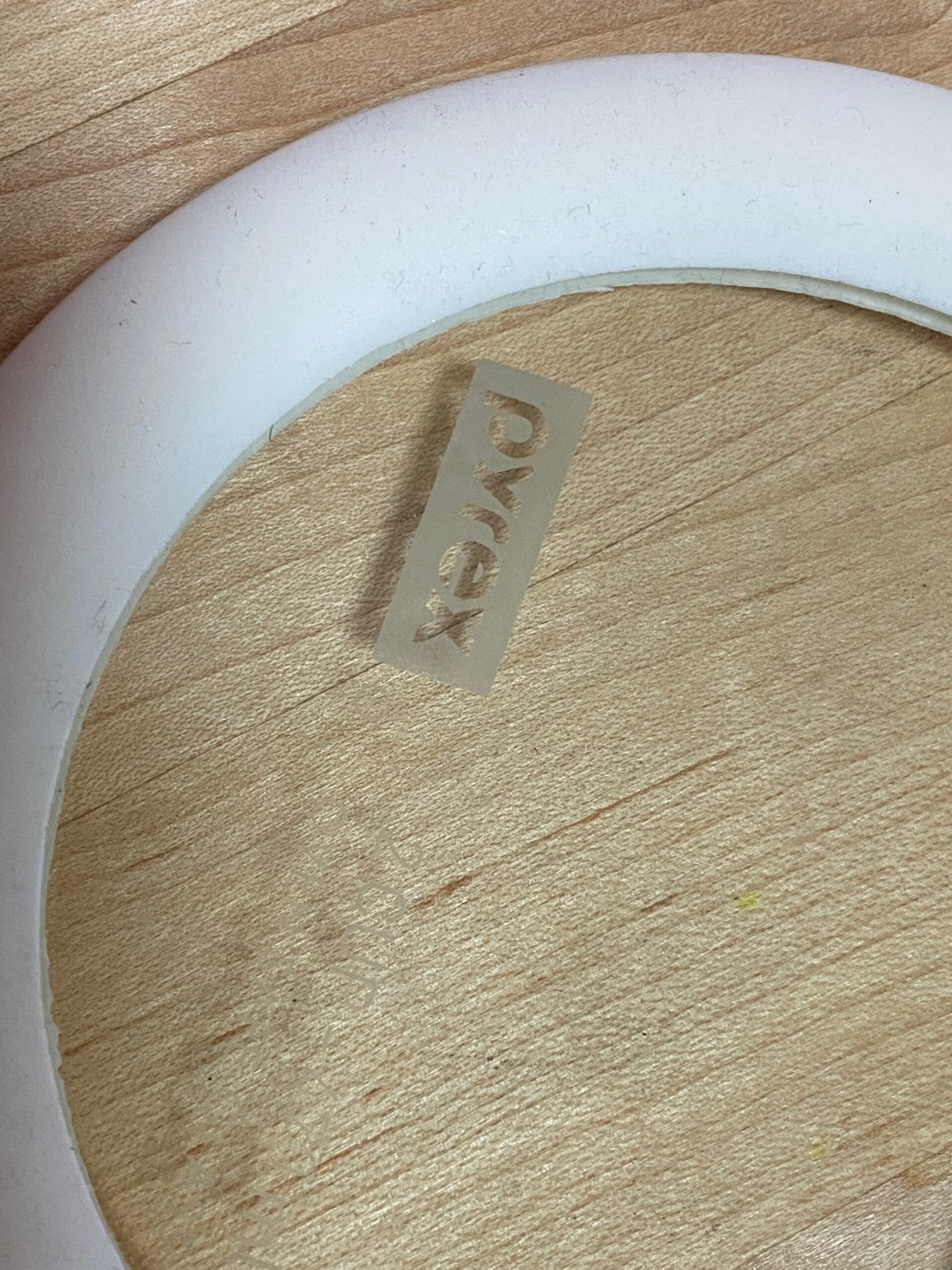
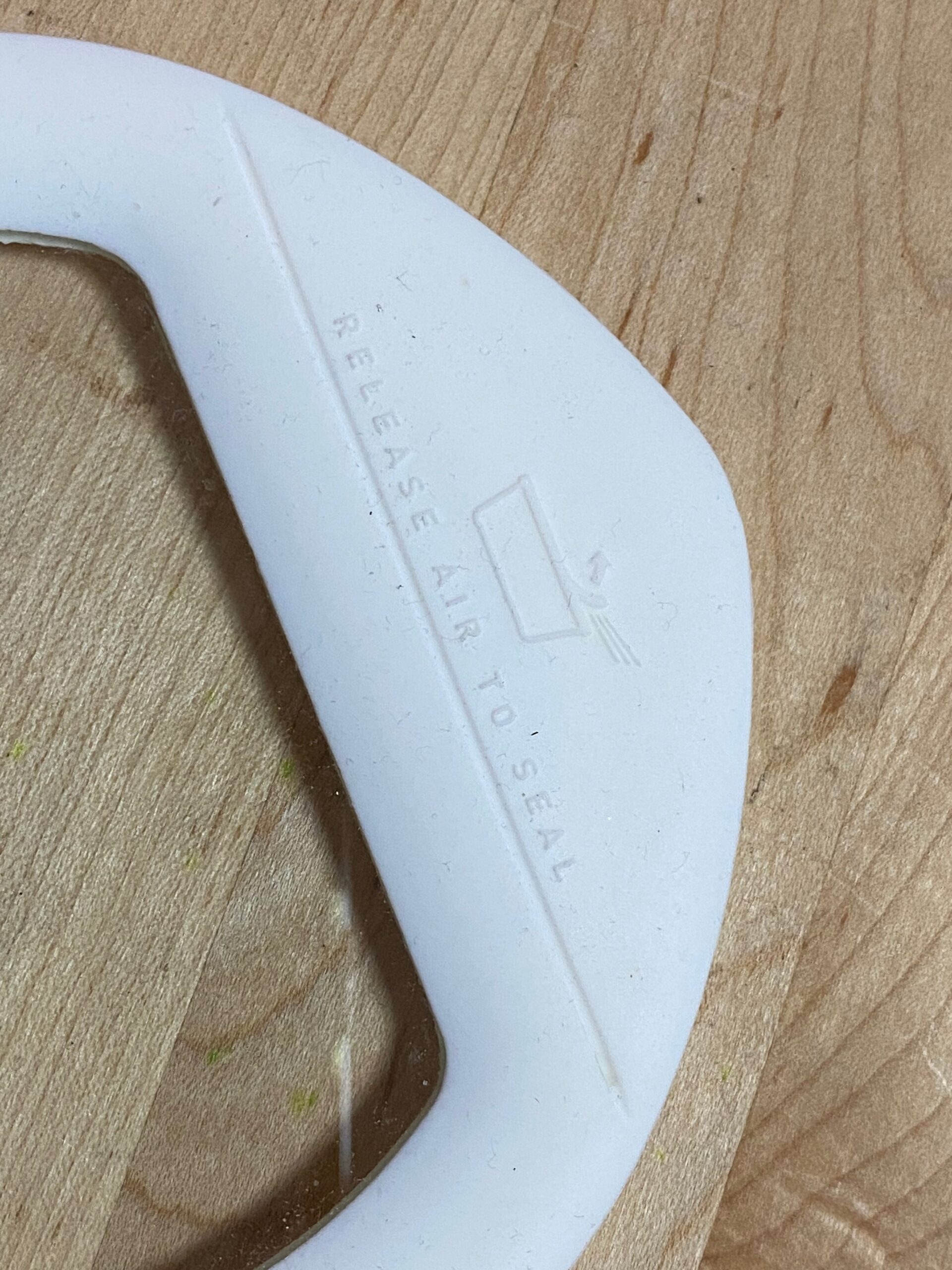
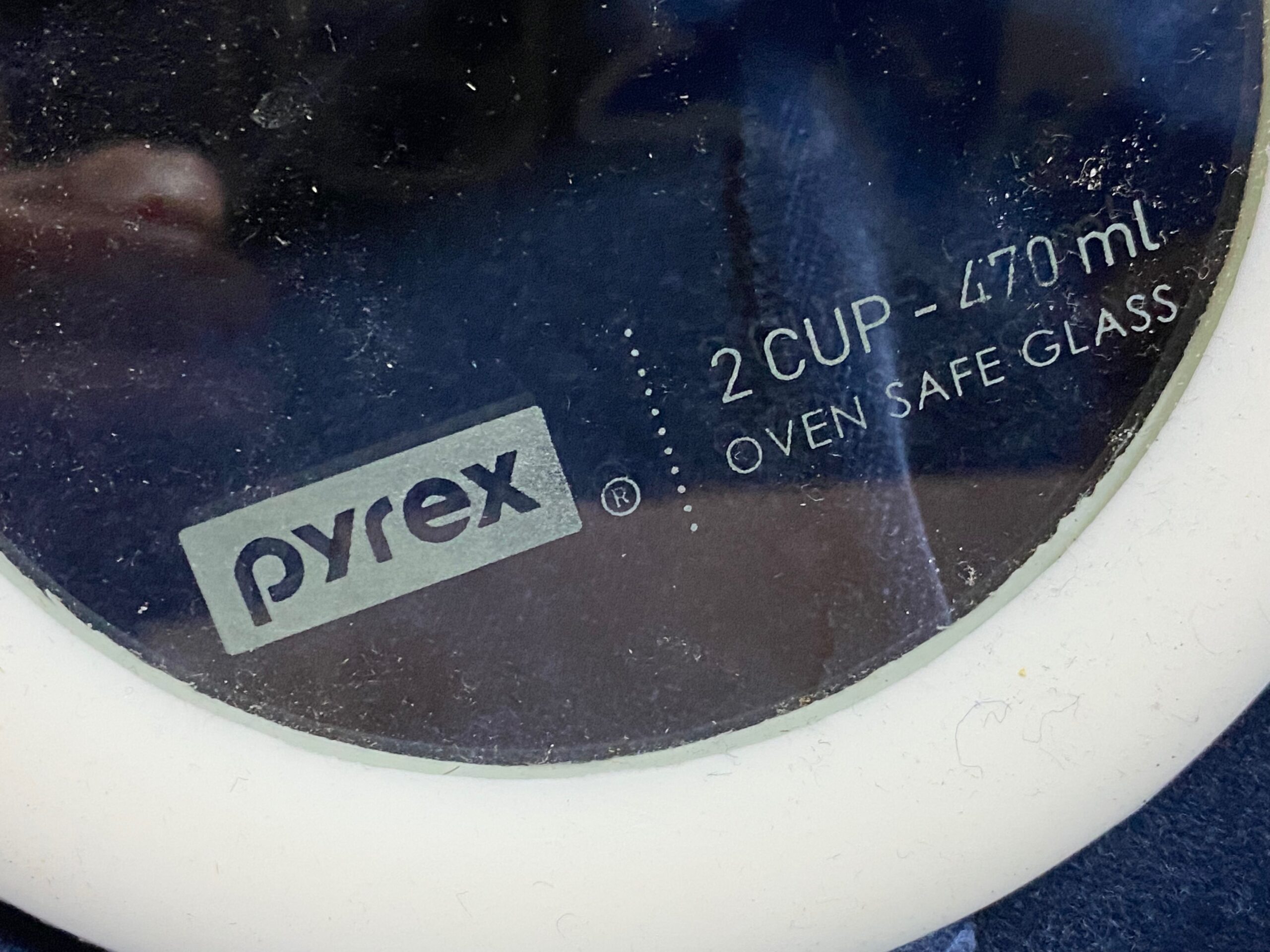
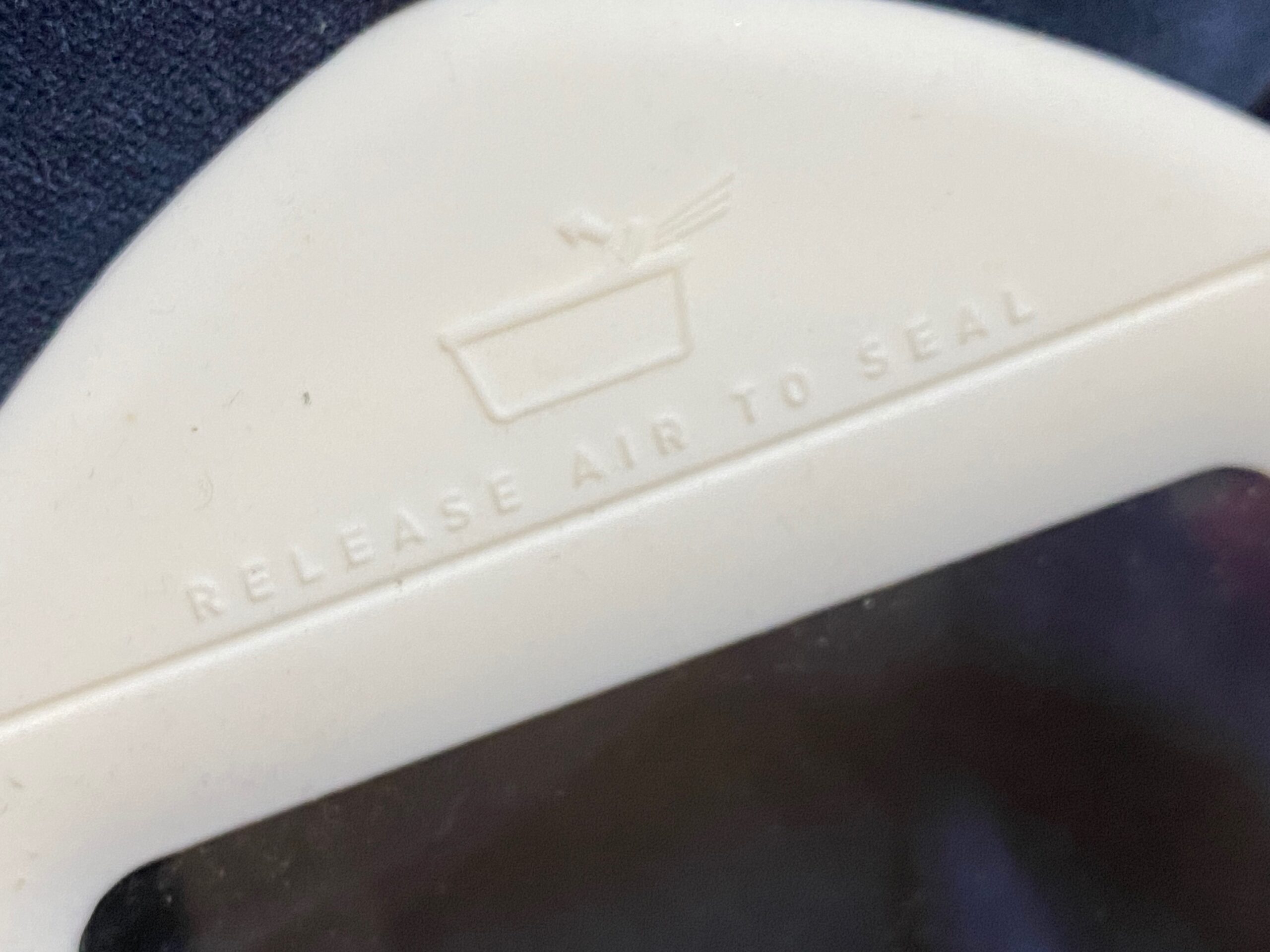
Never Miss an Important Article Again!
Join our Email List


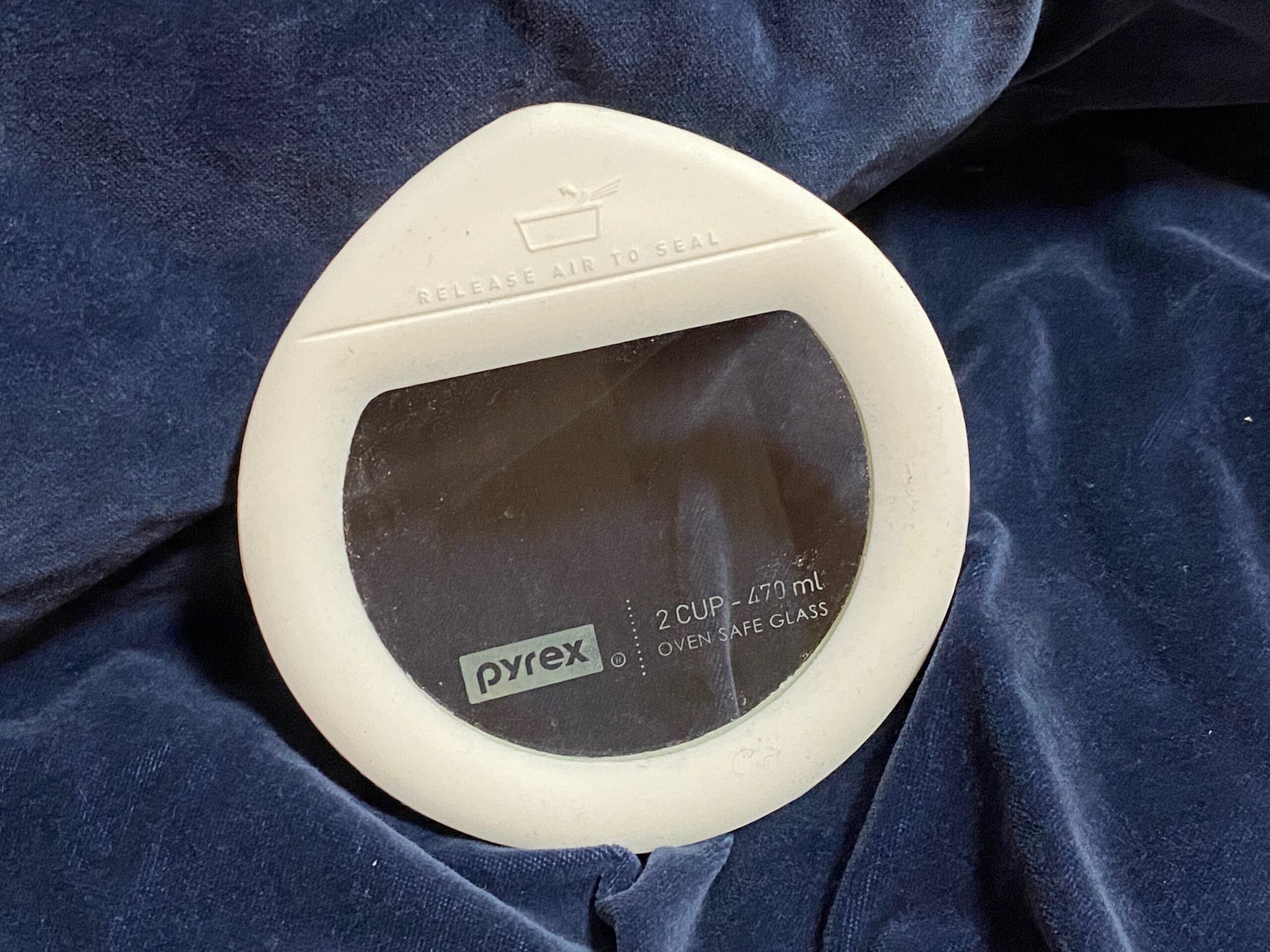
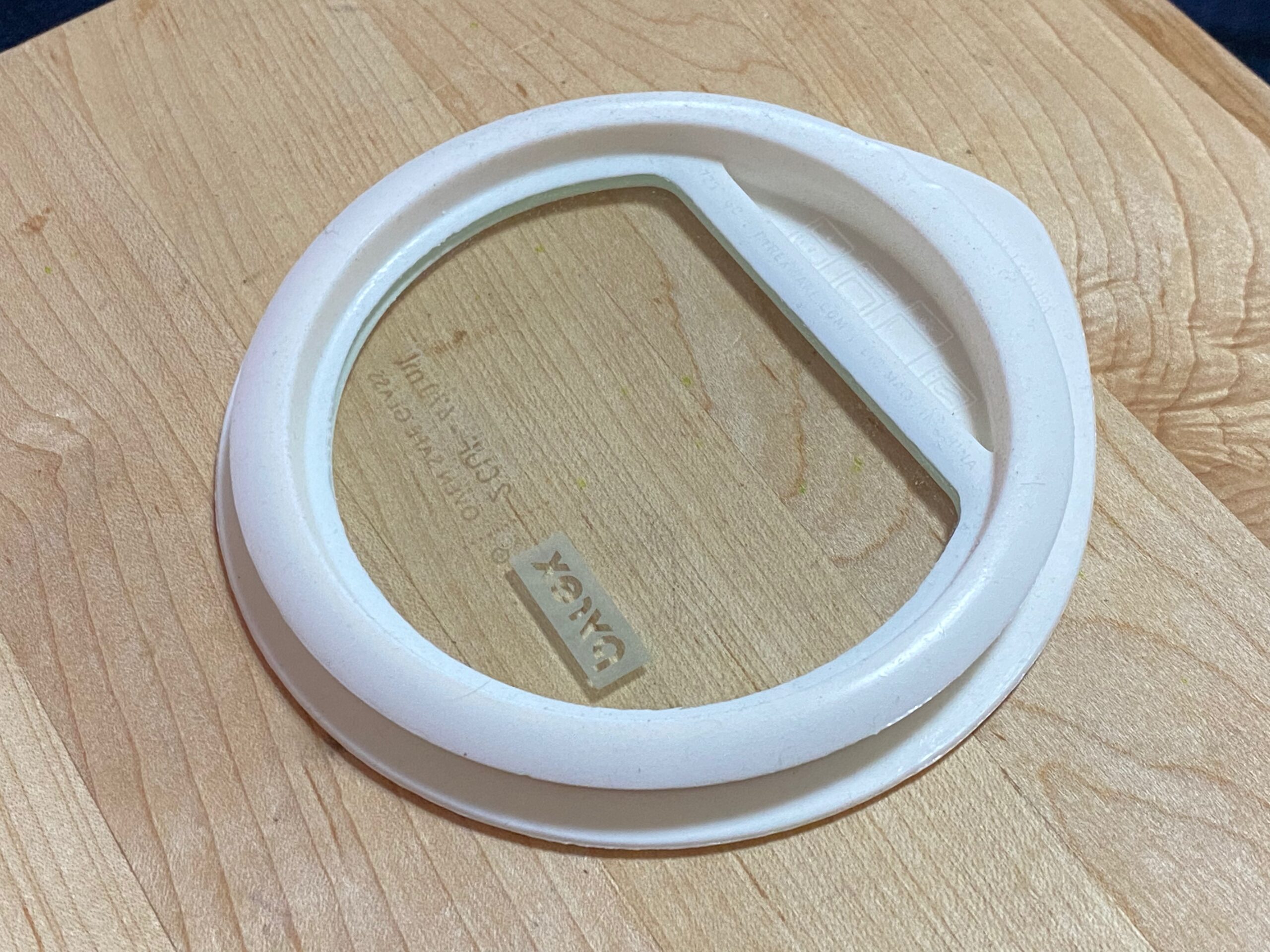
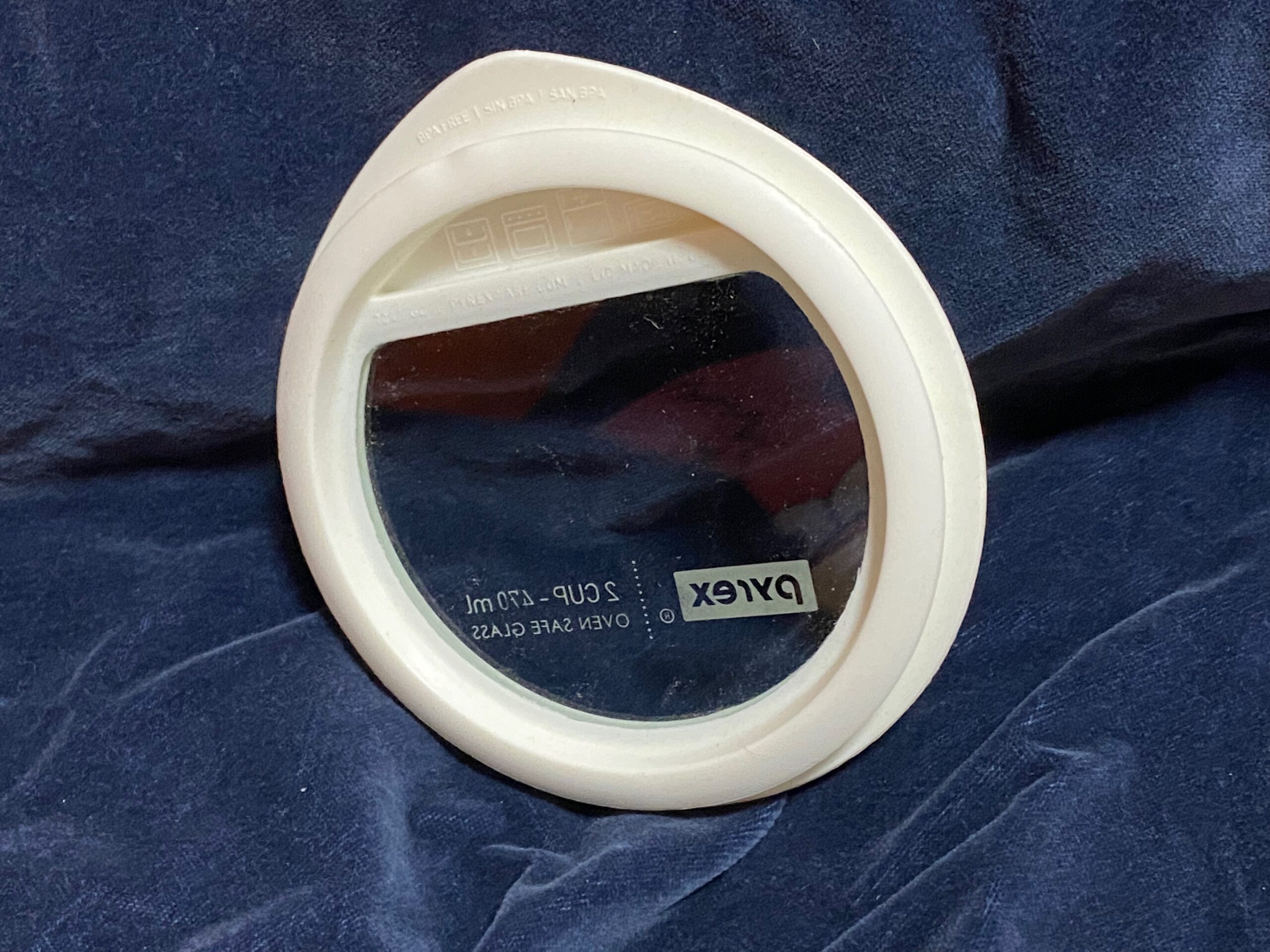

I’m upset hearing this! I bought these thinking the glass would be safer then plastic. What lids and containers would you recommend?
Check out the food storage options on my ShopLeadSafeMama site! https://shopleadsafemama.com
Tamara
I will update the post too.
Hi Tamara,
First of all a big thanks for letting people know about heavy metals in everyday stuff and secondly I just wanted to ask if all Pyrex glass products for oven are free of metal/toxic in the UK. Because every pyrex product I came across is made of borosilicate glass
Hope to hear from you soon
Much appreciated
And can you please also recommend me the safest glass bakeware for oven
Hi, I’m from the UK and all the pyrex glass is made of borosilicate glass. I wanted to ask if this glass is safe and do all Pyrex contain toxics? And which is the safest glass bakeware for oven use
Much appreciated
Is this part of the Pyrex Ultimate 10-Piece Glass Storage Set?
Hi Tamara! So I have this exact set too. Is there any safe way to remove that pyrex logo? I worry every time I wash it that its getting into my dishwater & contaminating other items.